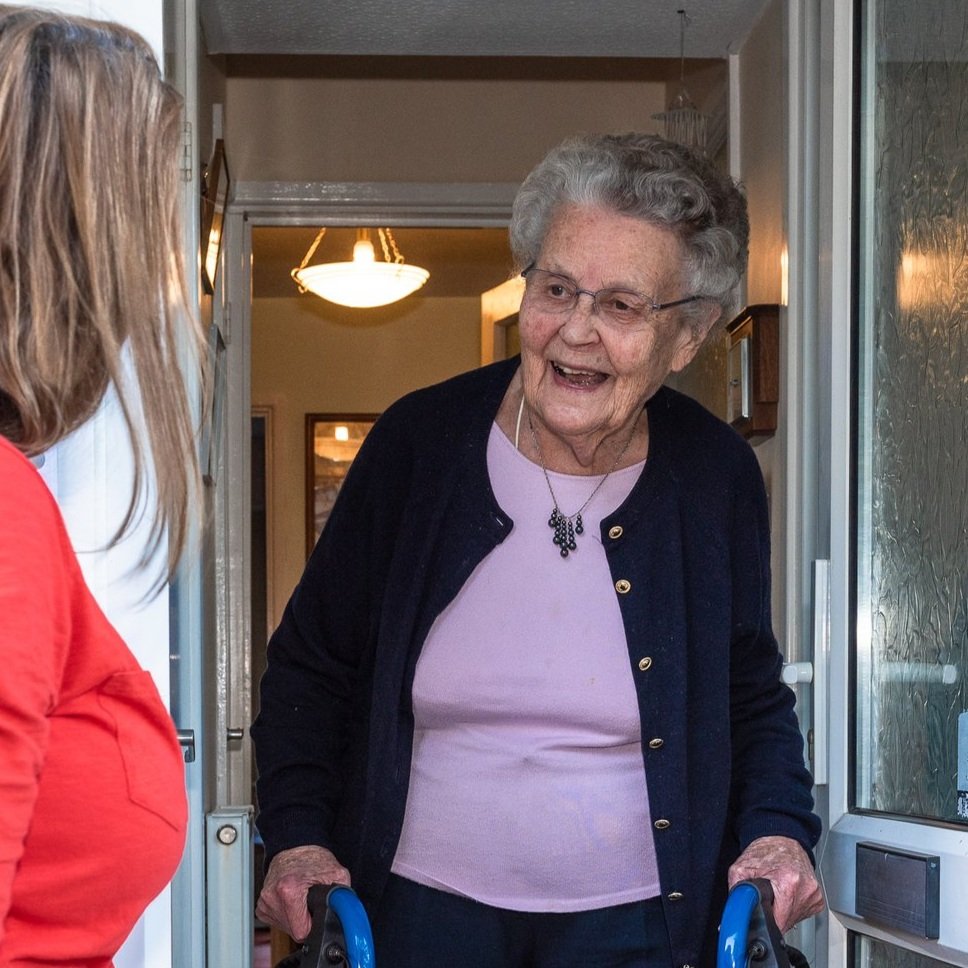Falls Prevention and Home Safety Tips
For older adults, falls can be more than just accidents, they can be life-changing. Around a third of people aged 65 and over, and around half of people aged 80 and over, fall at least once a year.
A single fall can lead to hospital stays, loss of confidence, and reduced independence. Hospital stays and bedrest lead to stark effects on an older person’s physical, psychological, cognitive, and social functioning. Loss of muscle mass occurs rapidly with a 2 to 5 % percent decline in muscle mass each day a person does not walk. Older adults naturally lose muscle mass as they age, but immobile older adults lose up to 10 % of their muscle mass over the course of 7 days. That’s why falls prevention is so important.
Why Falls Happen
As people age, several factors increase the risk of falling:
Muscle weakness or reduced balance
Poor vision
Slippery surfaces or trip hazards
Medication side effects
Cognitive impairment
How Live-in Care Reduces the Risk
Live-In carers are trained to support mobility, supervise where needed, and spot potential hazards. With someone always present, emergencies can be responded to immediately, but more importantly prevention is much more proactive throughout the day.
Home Safety Tips
Here are practical adjustments families can make:
Remove loose rugs and clutter
Ensure good lighting in hallways and stairs
Install grab rails in bathrooms
Use non-slip mats in the shower or bath
Keep essential items within easy reach
Encourage the use of walking aids
Beyond Physical Support
Falls aren’t just physical risks, they affect confidence. A live-in carer helps older adults move safely and rebuild that confidence with gentle encouragement and daily support. They can also co-ordinate and collaborate with occupational therapists and district nurses for professional assessments and equipment advice.
If you’re concerned about your loved one’s risk of falling, live-in care offers both prevention and peace of mind.

